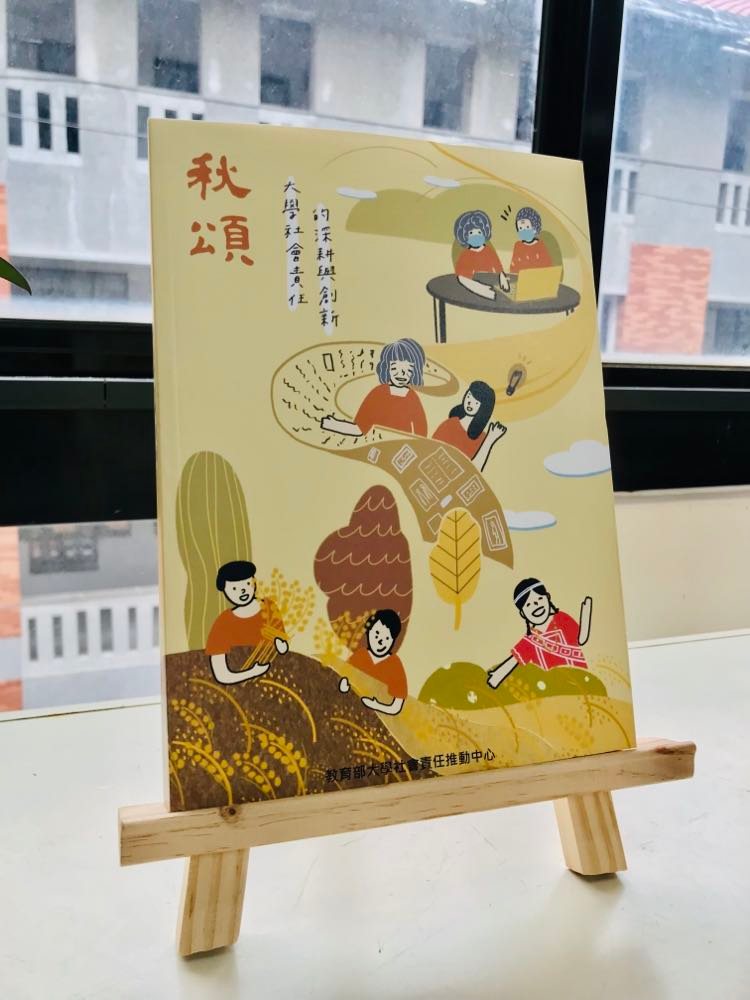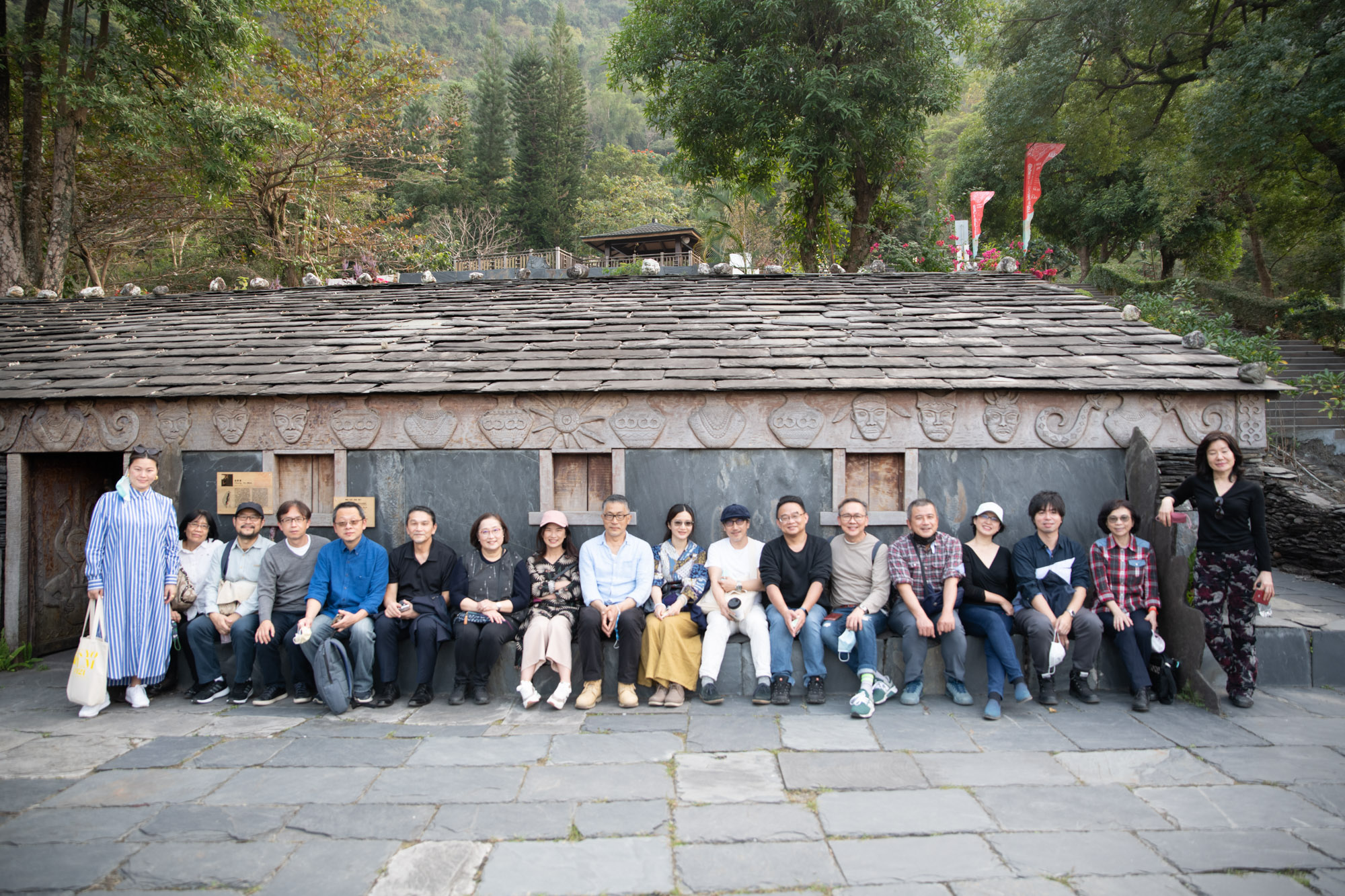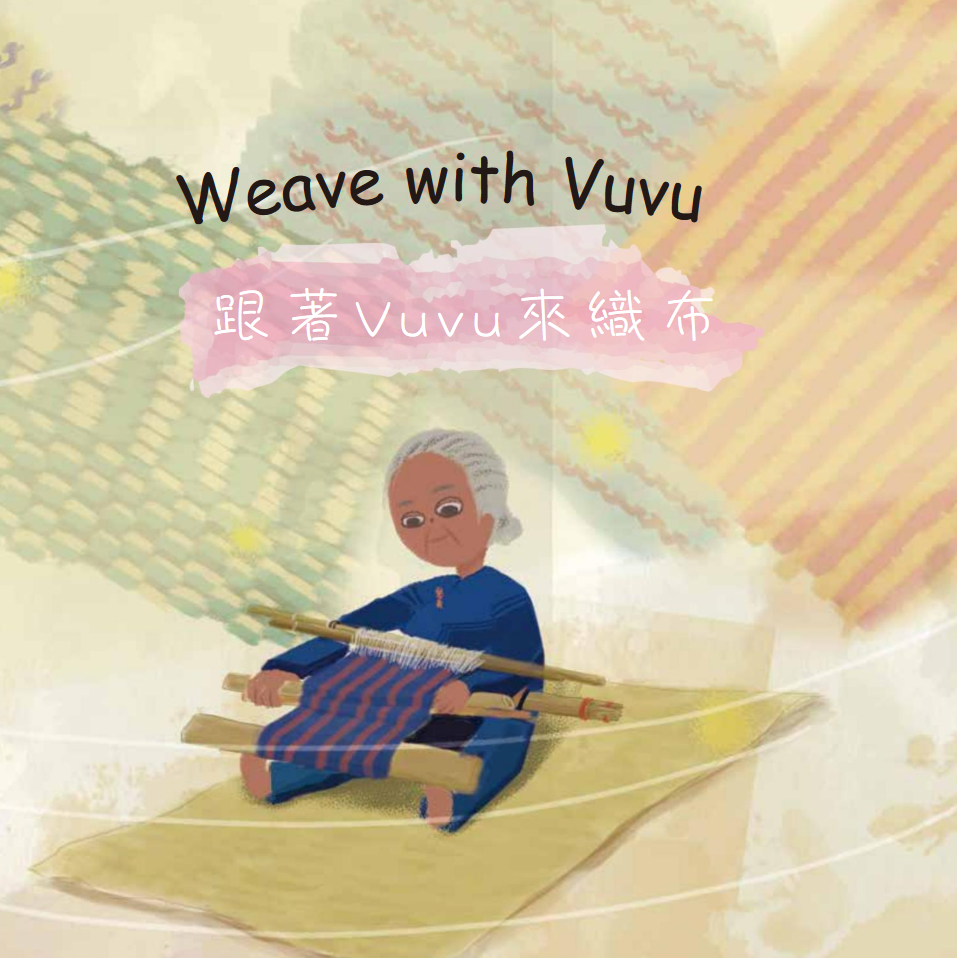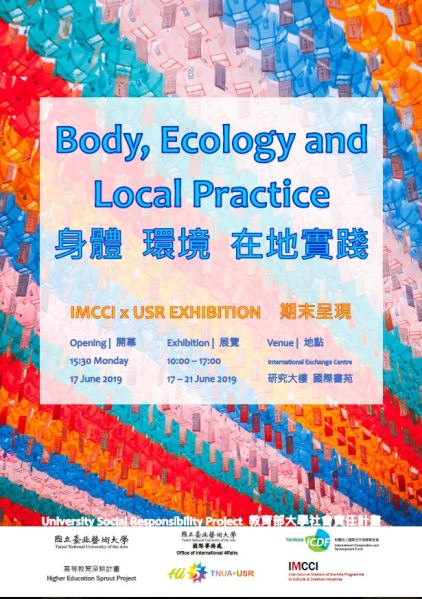
身體 環境 在地實踐
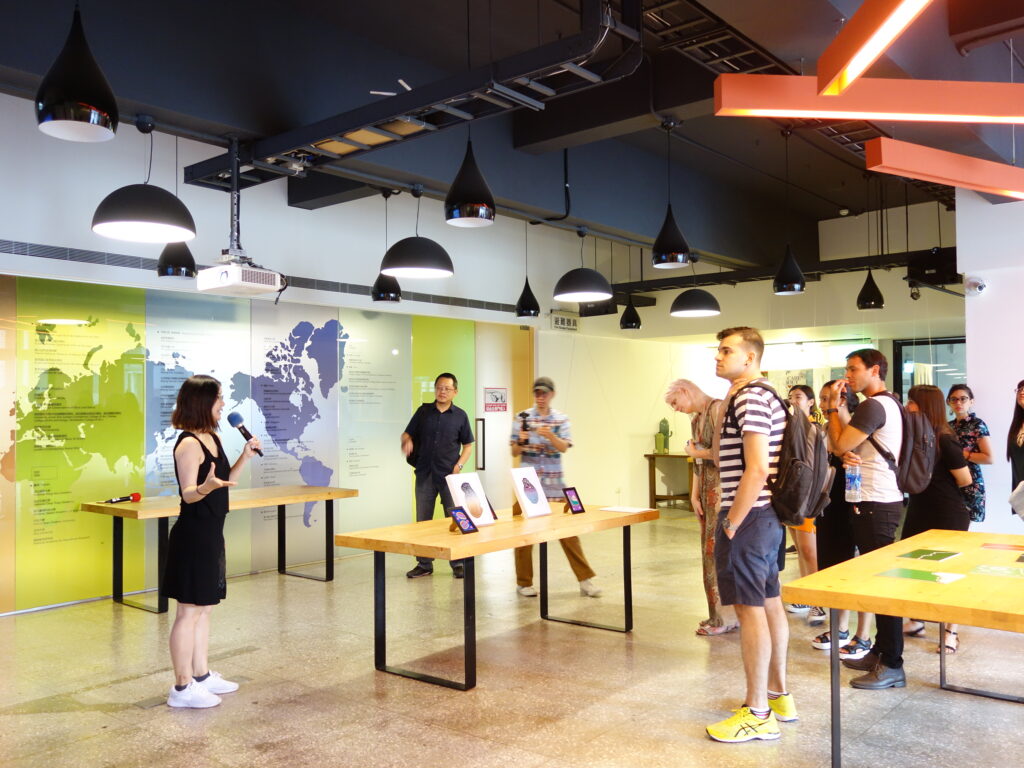
IMCCI學生的印刷作品展
Opening 開幕 | 15:30 Monday, 17 June 2019
Exhibition 展覽 | 17 – 21 June 2019
Venue 地點 | Office of International Affairs Communication Centre, TNUA 國立臺北藝術大學國際書苑
IMCCI學生舉辦的「身體 環境 在地實踐」展覽濃縮一學期內學到的印刷技術。劉錫權教授領導的美術實務專題是第一個讓碩一碩二學生實驗絲網印刷、凸版印刷、平版印刷等技術的機會。
實驗之後,學生們可以自由選擇一個繼續實驗下去的印刷技術。實驗結果之後會是展覽的個人作品。我們在美術專題課程之後有許多機會討論作品的主體。鳳甲美術館的參訪還有與北投國小的協作,都促使學生思考和呈現自己的想法。他們在這些活動收到的回饋,都幫助他們作品之後的發展。
從學期初開始,IMCCI學生們都在探索和學習有關北投跟其他地區的事情。學生們運用課外時間拜訪、拍攝、圖解、閱讀北投,發現台北最北端和自己家鄉的共同點。
這個過程在「表演藝術的在地性和國際連接」這堂課中由張懿文教授帶領。學生們能夠以課堂中閱讀和討論的內容為基礎,發展自己的想法。只有修習美術實務課程的學生跟修習兩堂課程的學生一樣,都有張教授和劉教授的幫助,來完全開展他們的作品。
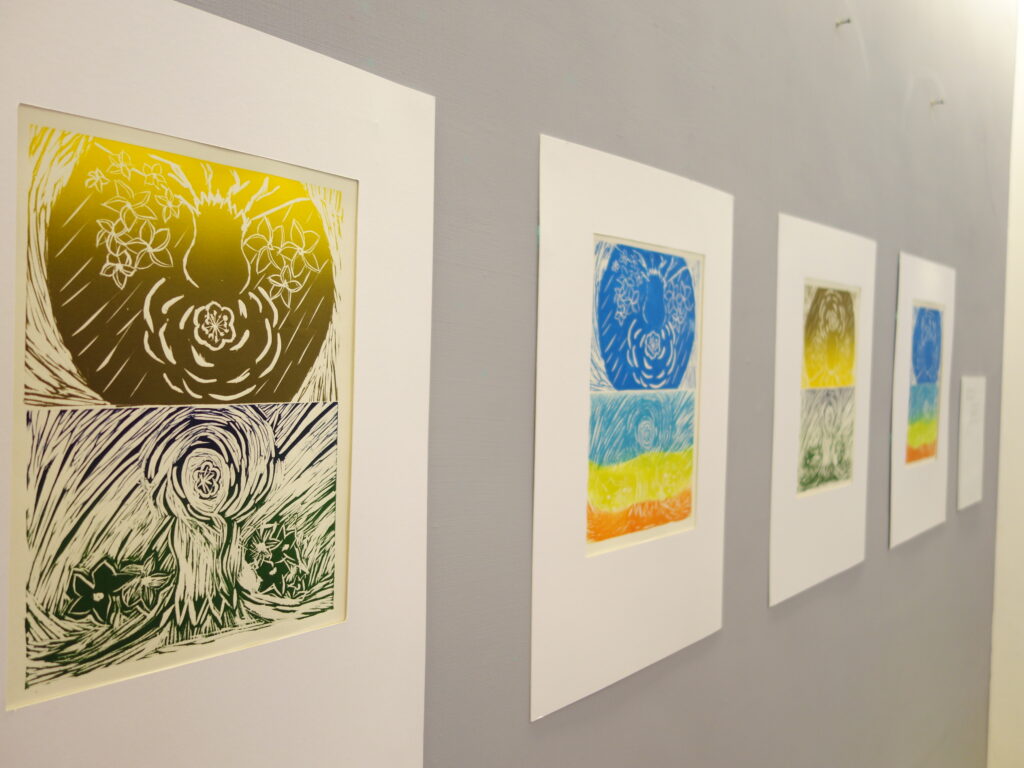
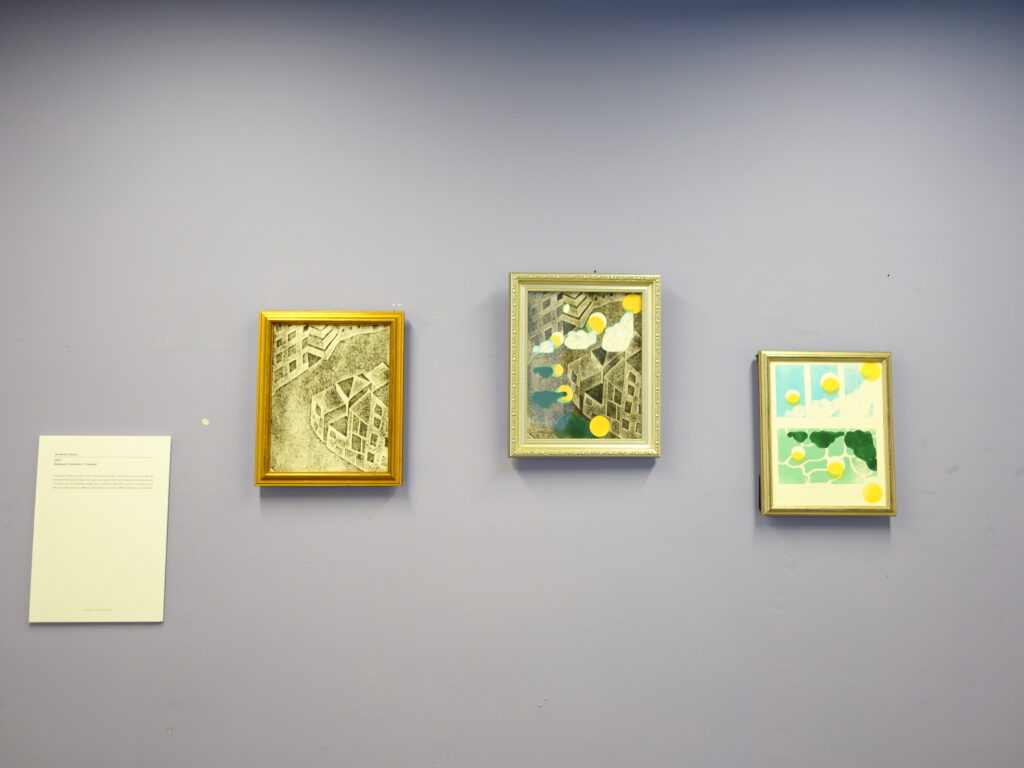
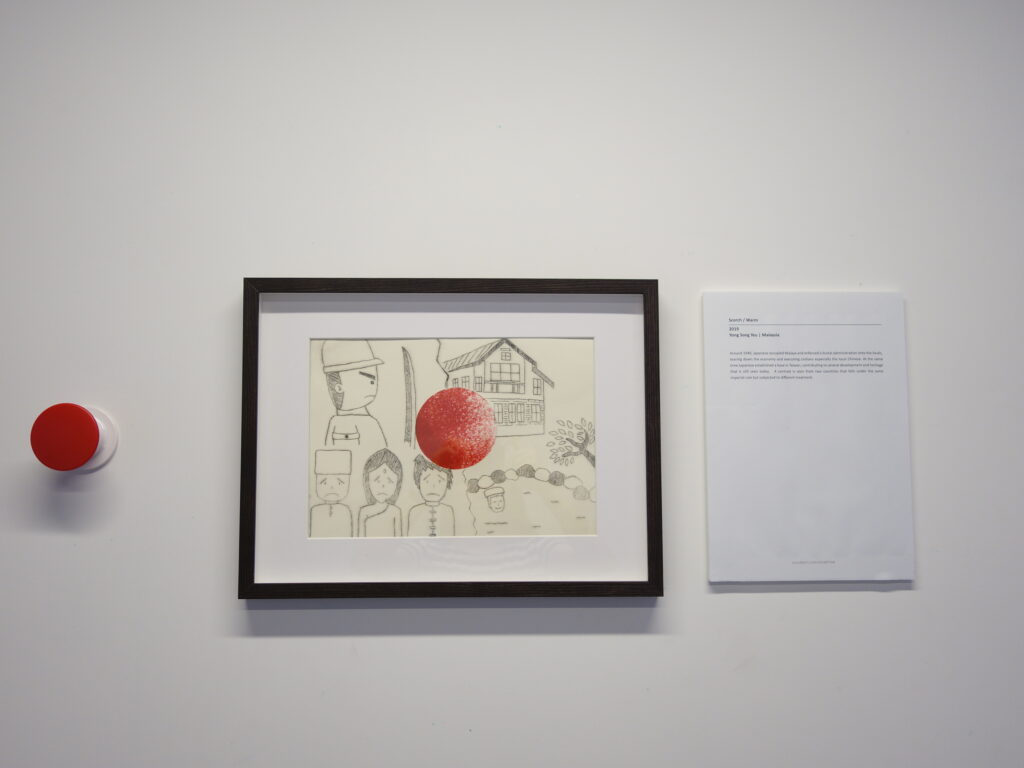
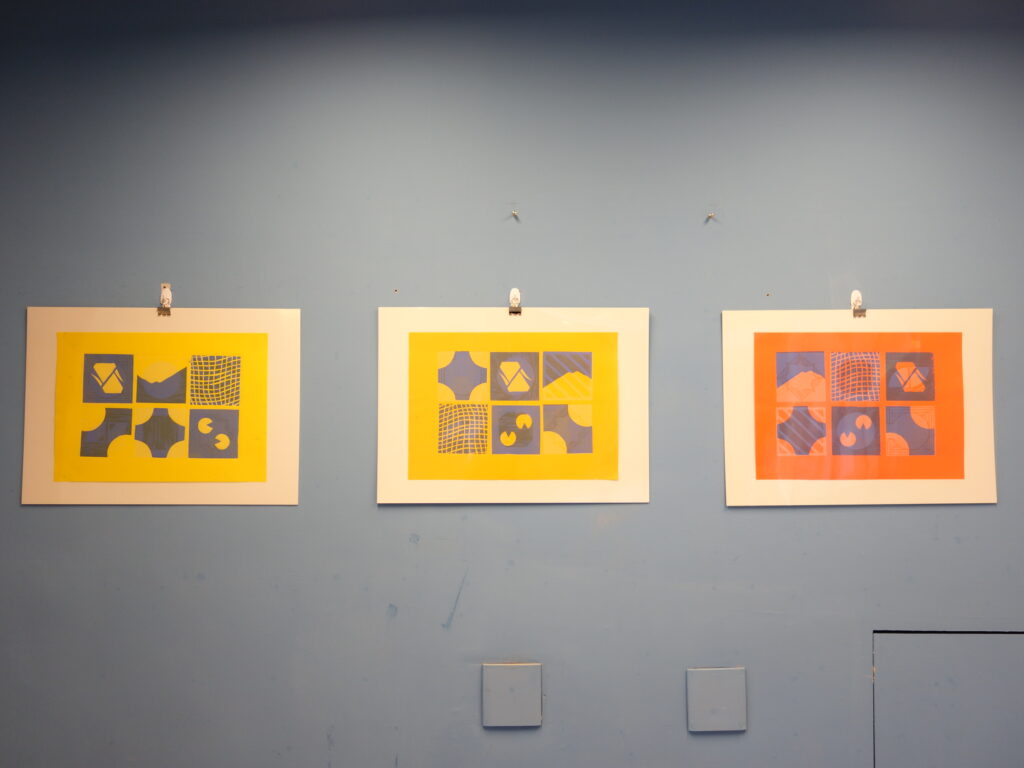
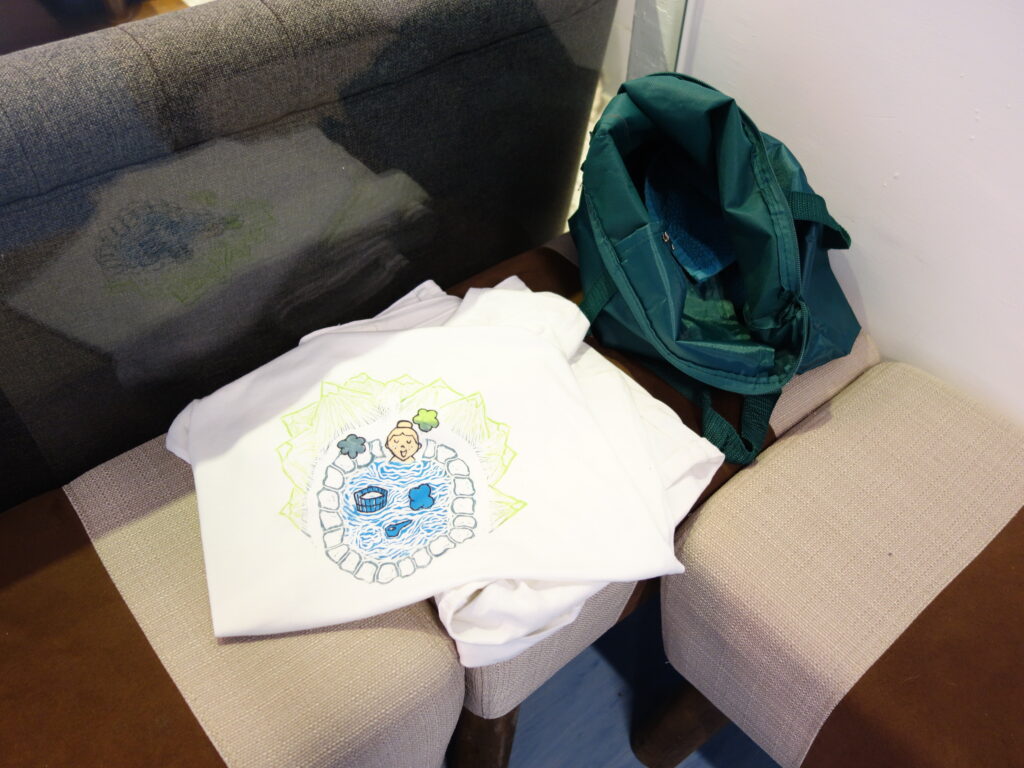
IMCCI學生的第一場「試驗」是在北投國小報告他們的想法。接下來的幾週著重在課外和課內的練習跟實驗。成果是廣泛的想法和視覺呈現:
Nattaporn Shaisooksri 在「北投之窗」系列創作中結合凸版印刷術,呈現從窗外看到的北投風景。
「焦痕/溫暖」中,Yong Song Yeu畫的是他的家鄉馬來西亞和台灣,在日本殖民時期中的差異。
Clarissa Butelli 交疊北投人文、自然和歷史元素,以及葡萄牙的阿茲勒赫瓷磚畫,在她的作品「阿茲勒赫:記憶的考古學」中產生圖樣和形狀。
Maria Grasa 在「觸碰」中,用插畫結合北投溫泉景觀和她的家鄉西班牙。
Xiomara Sotelo 在「我眼裡的北投,我心裡的尼加拉瓜」畫下對北投和家鄉尼加拉瓜的情感。
Larissa Soto 創作以當地佳餚為主的玩趣插畫,在「Beitou 小吃」展現如何在食物中體驗文化。
Ximena Lainfiesta 使用學生們曾經用來雕刻地理拼圖的板子,在她的作品「身體作為殖民地」討論領土和殖民化。
Shine Yang和Sally Xie製作一系列女演員Shao-En Ke表演進入溫泉的動作圖,研究通常表演時不太會看到的日常動作。
Lou Arroyave在「北投上的星星」以國旗的幾何圖形呈現北投歷史的三個階段。
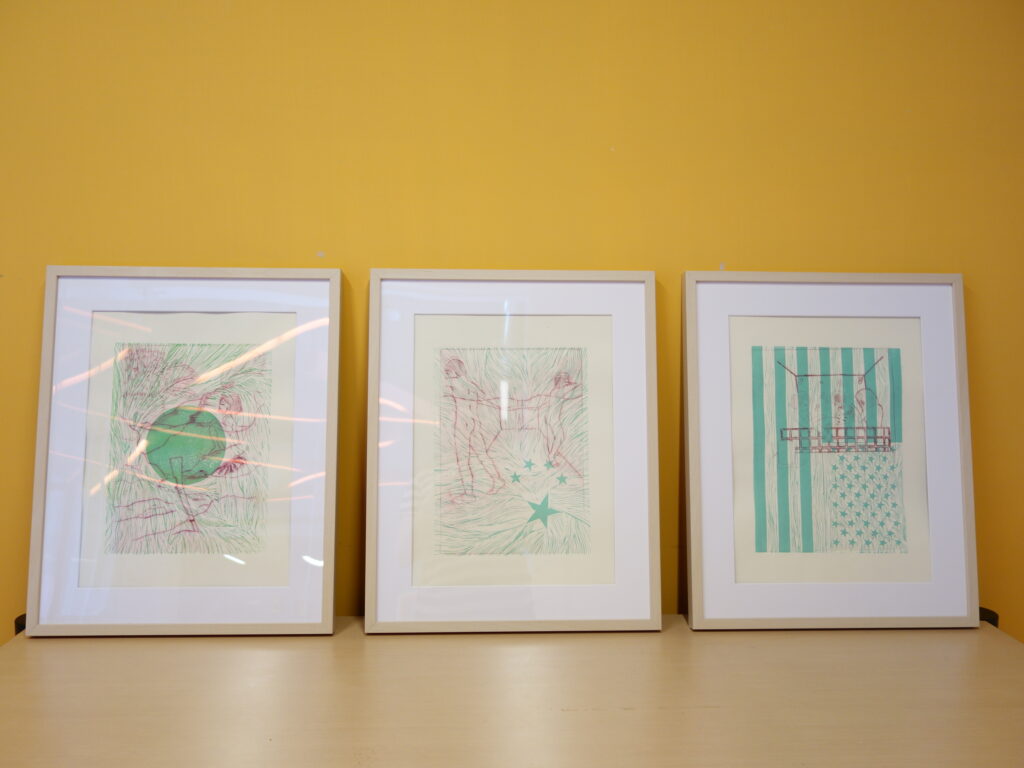

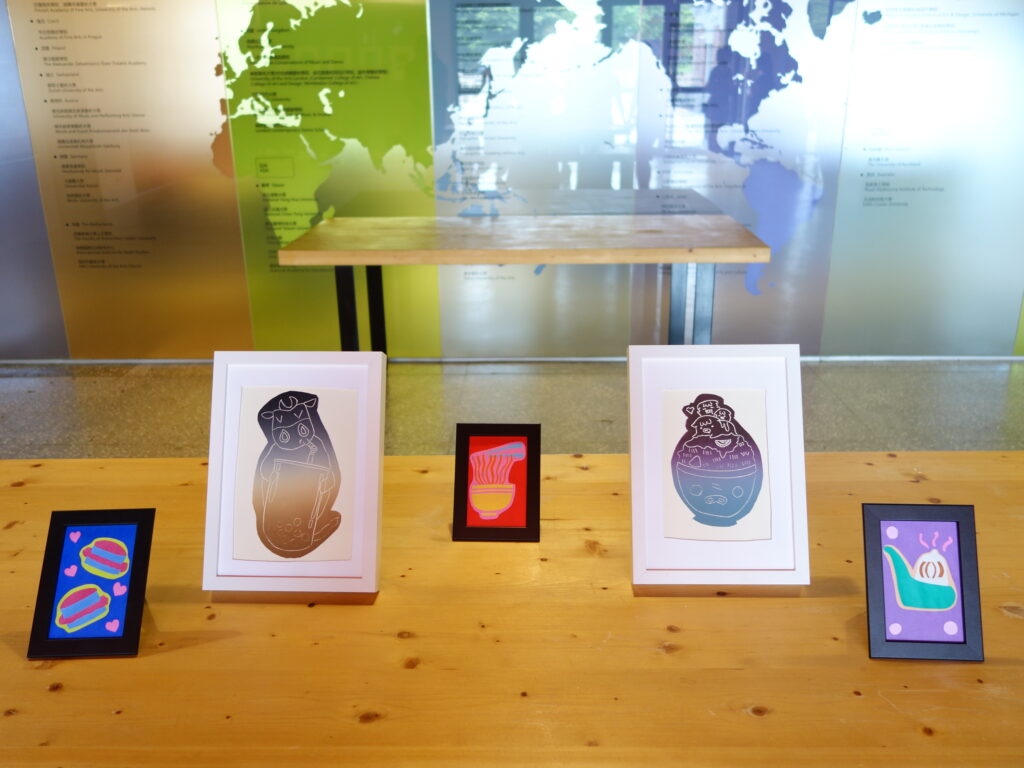
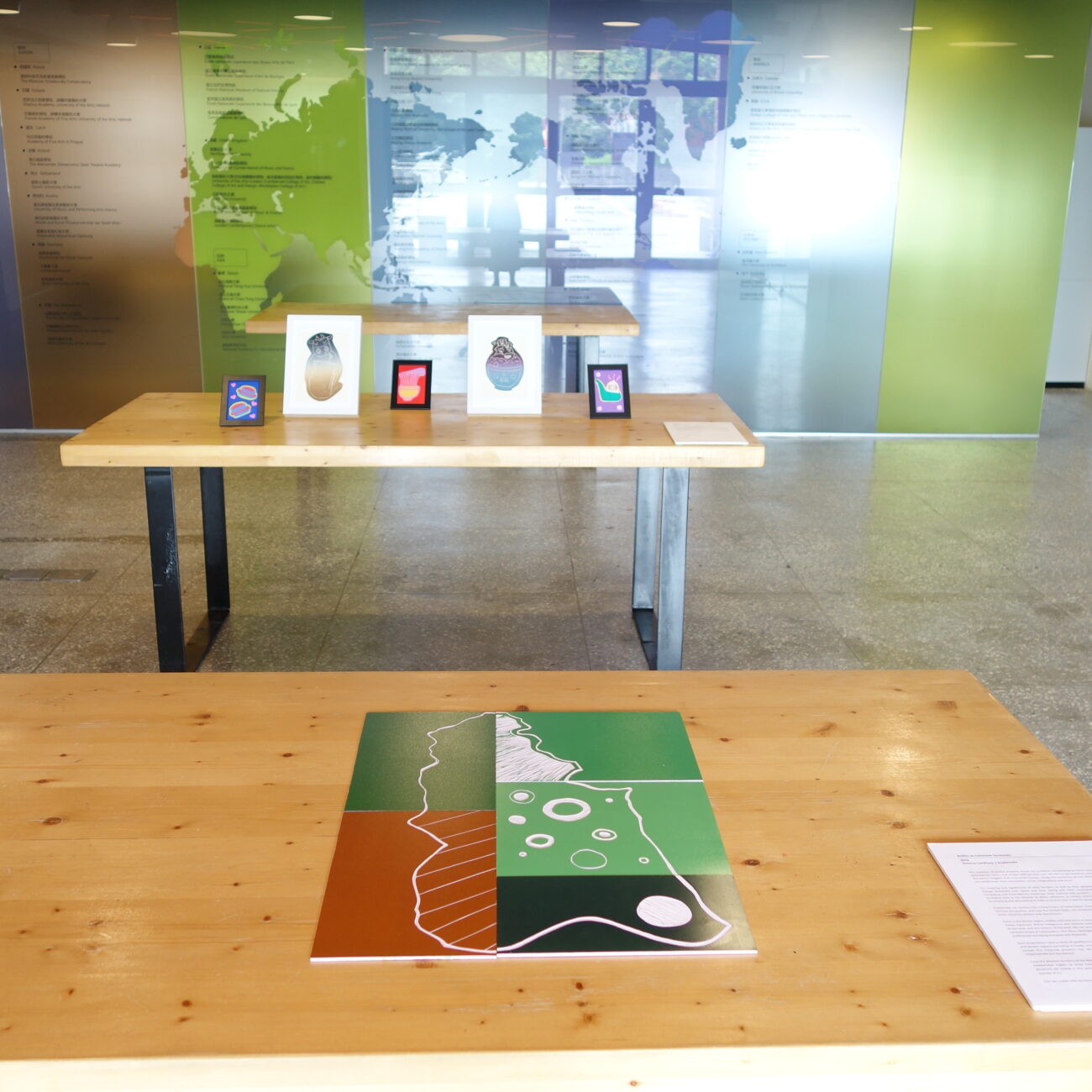
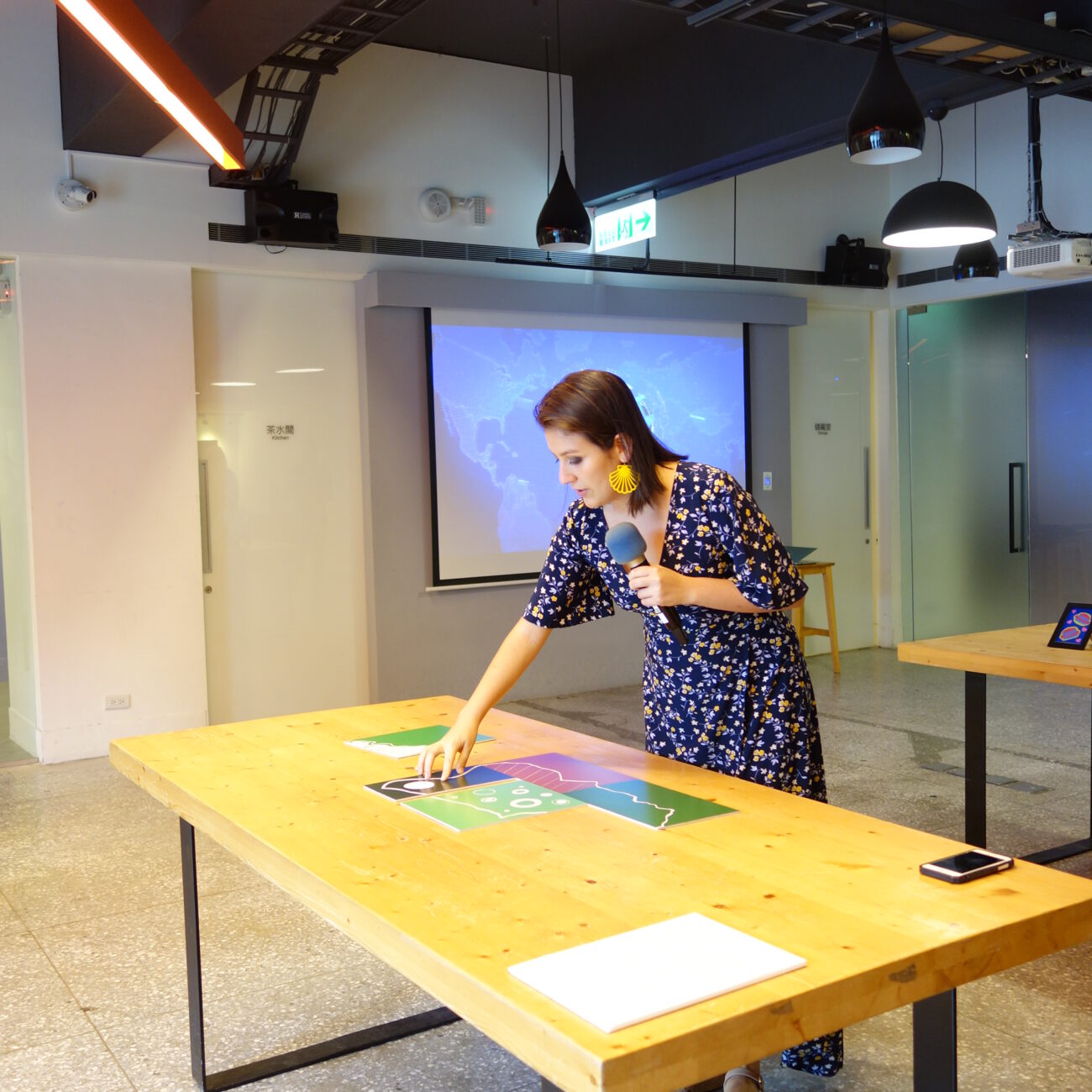
展覽在這學期的最後一週,北藝大國際交流中心舉行。學生-藝術家們在展覽前一週需要處理空間,還有器材。經過好幾天的購入、試用、失敗,作品到達最終形式,學生也為開幕做好準備。
6/17是開幕日,IMCCI學生在今天向同學、老師、訪客們呈現他們的概念和作品。 不同國籍的交換學生、當地大學生和研究生還有其他大學的朋友都來支持這次活動。
「生態思辨」學生製作的影片也在開幕時展出。這場展覽有趣地結合對視覺藝術有不同掌握的學生。兩位學生是平面設計師,一位是攝影師,其他學生來自視覺藝術外的領域。唯一一樣的是,這學期的長期專案終於能實踐出來,讓大家欣賞,他們都很有成就感。
– Written by Clarissa Perrone Butelli
– Photos by Cecile Kao

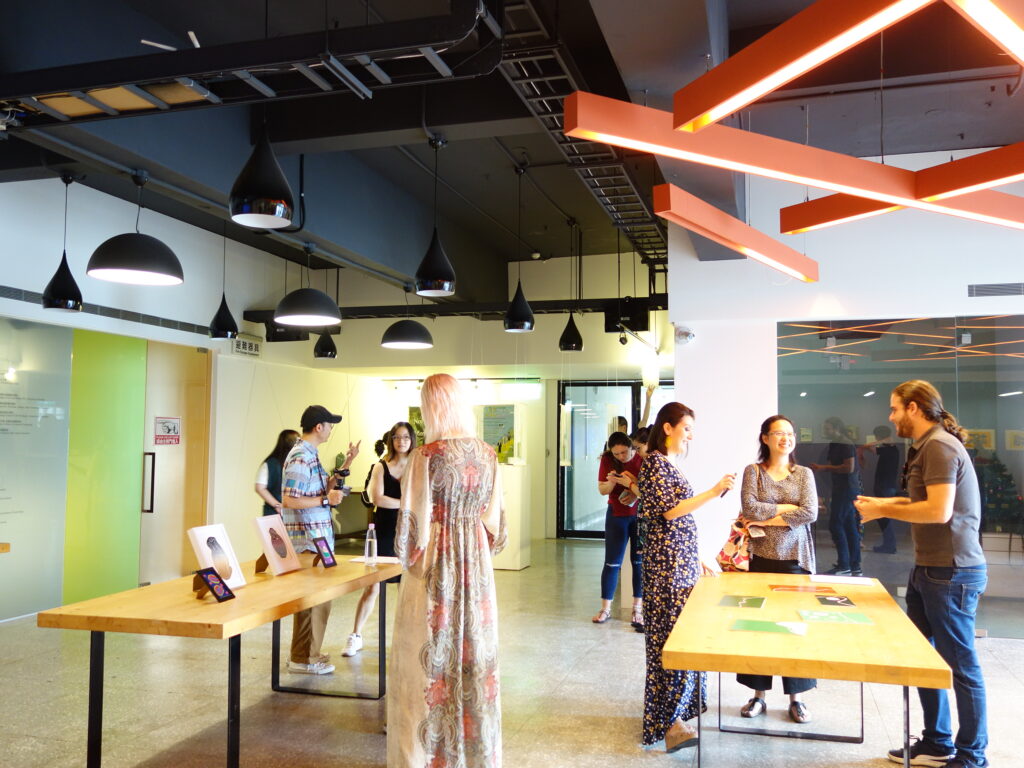
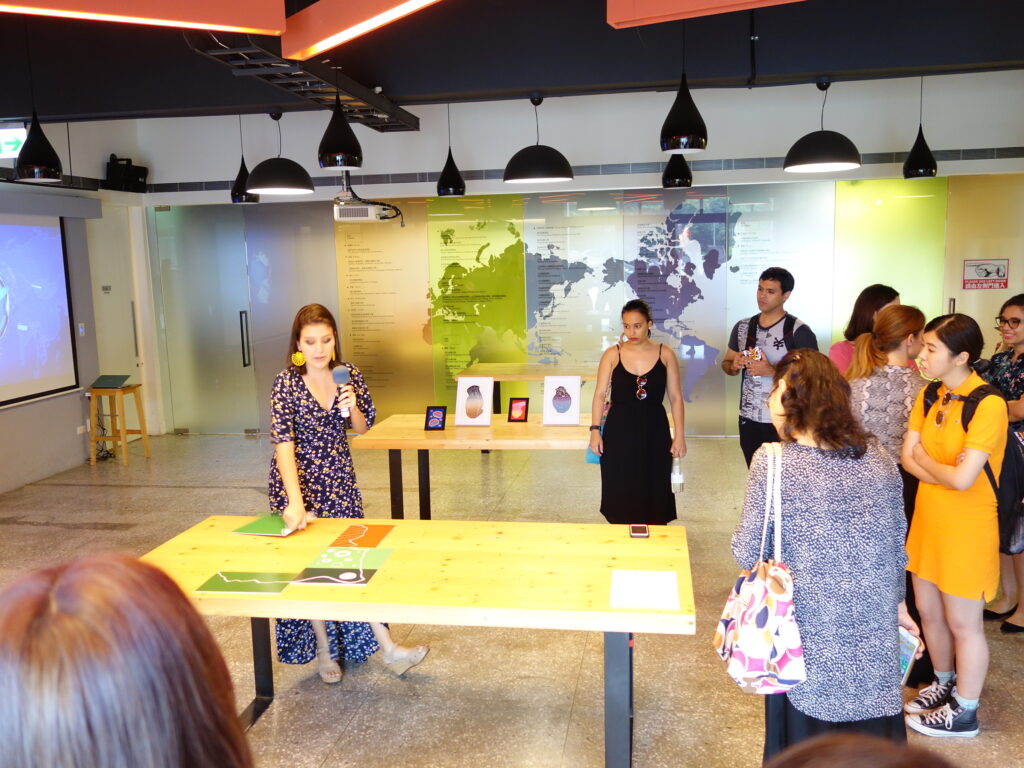
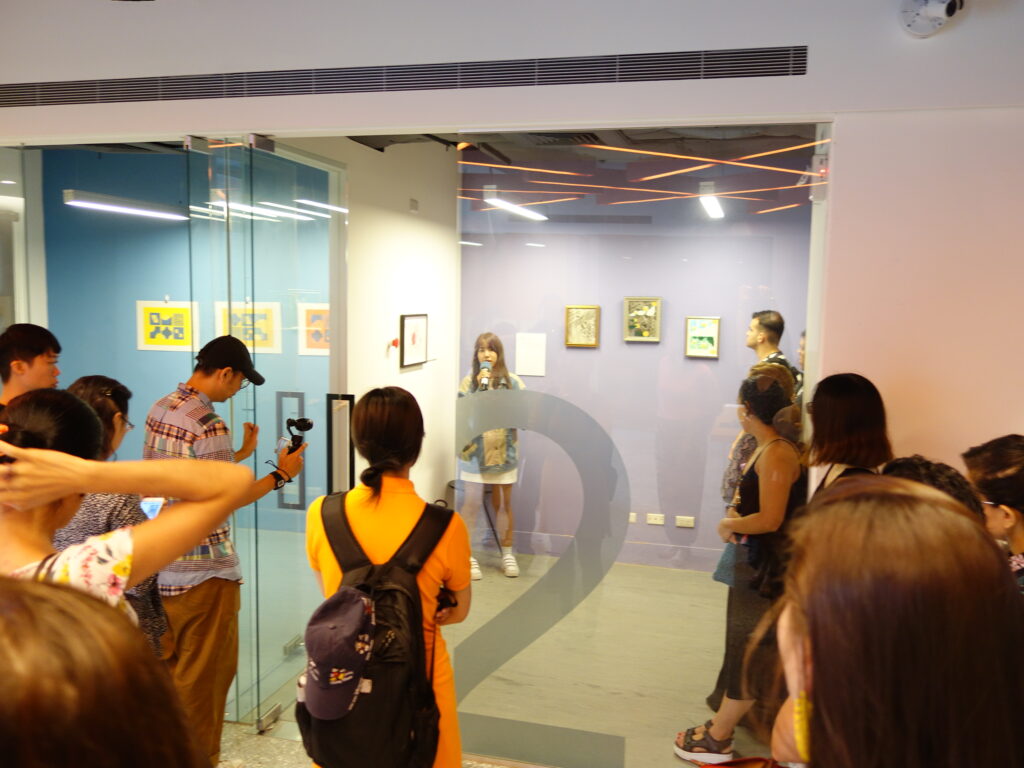
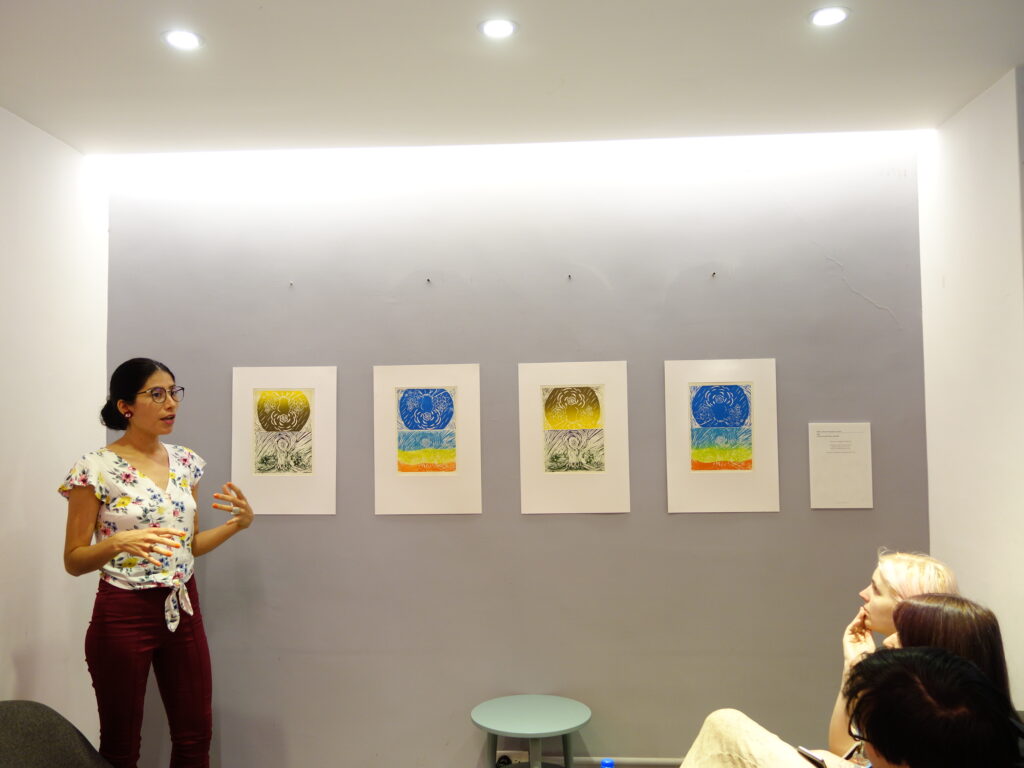
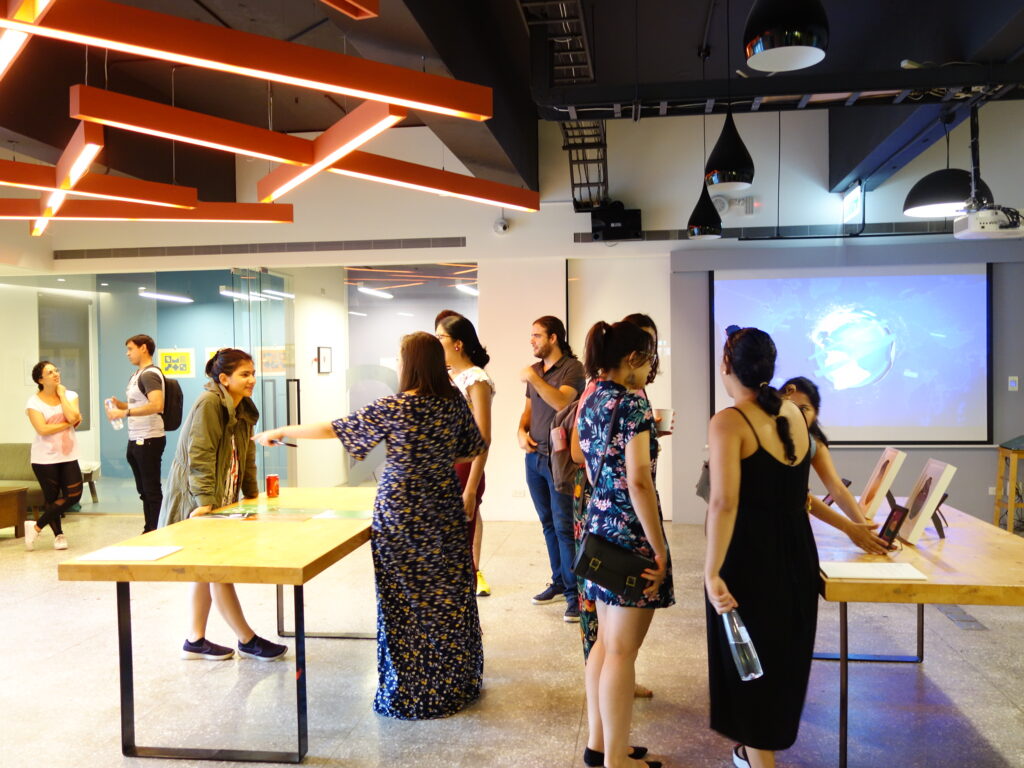
English Version
A semester of immersion into a series of printmaking techniques was the starting point for what would become the Body, Ecology and Local Practice exhibition by IMCCI students. The Fine Arts Seminar class, led by professor Hsi-Chuan Liu (劉錫權) was the first opportunity for first and second year students to experiment techniques such as screen and relief printing, planography and others.
After the experiments, students were free to choose one technique to continue experimenting with. These would later become their own individual projects for the exhibition. Opportunities to outline and discuss the theme for their projects outside of the fine arts studio were many. Field trips to the Hong-Gah Museum (鳳甲美術館) exhibition, and the collaboration with Beitou Primary School (北投國小) prompted students to review and present their ideas. The feedback they received in these events and after them helped the further development of their projects.
From the start of the semester, the idea was for IMCCIs to explore and study about Beitou and its different areas. Students used their time outside of class to visit, photograph, illustrate and read about Beitou, to discover common elements between the northernmost area of Taipei and their native countries.
This process was guided by professor I-Wen Chang (張懿文), during her Performing Arts in Local and International Contexts class. Students were able to develop their ideas based on the contents read and discussed in class. Students who were enrolled only in the Fine Arts Seminar had the support from professors Chang and Liu just like the ones enrolled in both classes, in order to fully develop their projects.
The first ‘trial’ of the IMCCI students’ ideas was their presentation at the Beitou school. Their following weeks were focused on practice and experiments during and outside of class. The result is a wide range of ideas and visual representations:
Nattaporn Shaisooksri combined relief printing techniques to display a view of Beitou from a window in the series Window of Beitou.
In Scorch/Warm, Yong Song Yeu drew inspiration from the difference between Japanese rule in his native Malaysia and in Taiwan.
Clarissa Butelli layered elements of the human, natural and historical landscapes of beitou to produce the patterns and shapes inspired on Portuguese azulejos for her work Azulejos: archeology of memory.
Maria Grasa illustrated a combination of hot springs landscape of Beitou and her native Spain in Touch Contact.
Xiomara Sotelo drew inspiration from her emotions for Beitou and her native Nicaragua in Beitou in my Eyes, Nicaragua in my Heart.
Larissa Soto made playful illustrations of local delicacies to show how culture can be experienced through food in Beitou 小吃.
Ximena Lainfiesta used the same boards students used to carve the printing patterns geographic puzzle through which she talked about territory and colonization in her work Bodies as Colonized Territories.
Shine Yang, with the collaboration of Sally Xie, made a sequence of images of actress Shao-En Ke performing the movements of entering the hot springs waters to study the daily movements that are not usually thought about when performed.
Lou Arroyave played with the geometric shapes of flags to portray three stages in the history of Beitou in Stars on Beitou.
The exhibition was held at the International Exchange Center of TNUA, at one of the last weeks of regular classes. The student-artists had the week before the exhibition to deal with the challenge of choosing a space in the exhibition area and producing the support for their works to be displayed. After a few days of shopping, testing, setbacks and finally reaching the final form for their work, students were ready for the opening.
The opening, on June 17th, was the opportunity for IMCCIs to present their concept and works to their fellow students, teachers and visitors. Exchange students of different nationalities, local undergraduate and graduate students as well as friends from outside of university were there for the event.
Video works from students of the Critical Ecologies class were also presented at the opening.
The resulting exhibition was an interesting combination of techniques from people with different levels of familiarity with the making of visual arts. Two students are graphic designers, one, a photographer, and others come from backgrounds less closely related to visual arts. In common, they all felt the accomplishment of a semester-long project be finally put to light for others to appreciate.
– Written by Clarissa Perrone Butelli
– Photos by Cecile Kao



